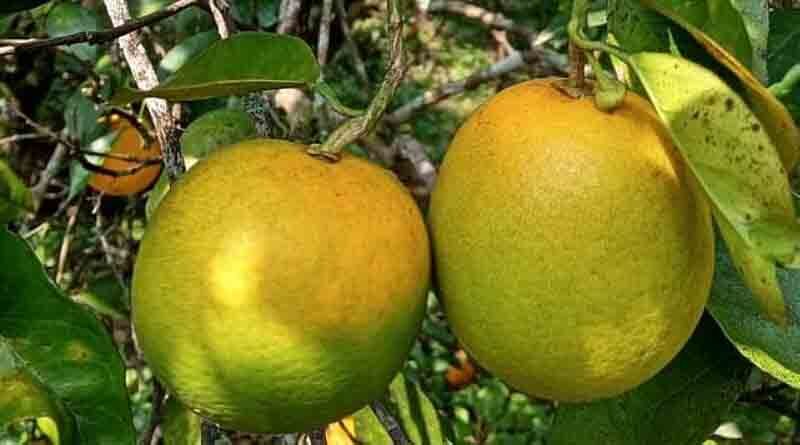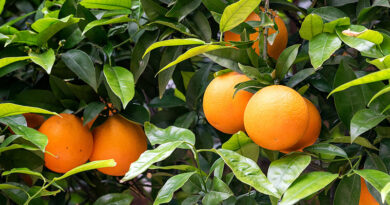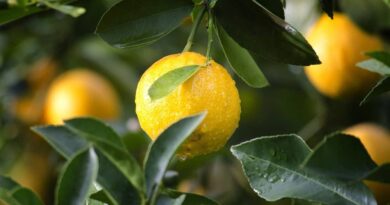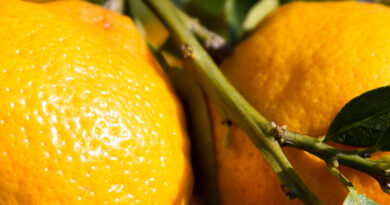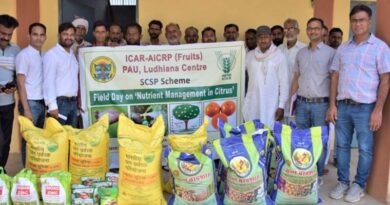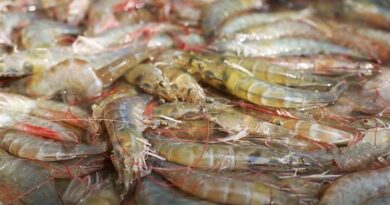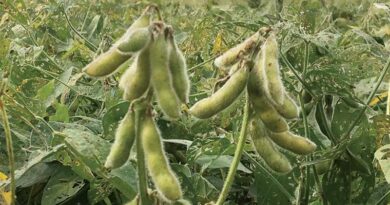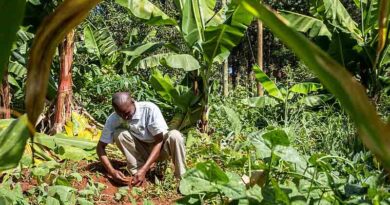New platform for the fight against Citrus Greening
29 August 2022, Mexico: It’s the worst disease that can affect citrus trees worldwide: Citrus Greening. To develop innovative methods against the illness, FiBL Switzerland has been working together with local partners in Mexico for over ten years. The knowledge gained is now shared through a new website, in English and Spanish, as well as seminars. Therefore, partners and producers from Latin America and the Mediterranean region can inform themselves and network – in English and in Spanish.
Citrus Greening, also known as Huanglongbing or HLB, is the most destructive citrus plant disease worldwide. Financed from the Coop Sustainability Fund, FiBL, together with partners from Mexico, has been conducting research activities to develop and test different interventions to mitigate and control Citrus Greening in the context of organic production since 2011. This involves both direct and indirect measures to reduce the level of disease infection and strategies to increase citrus plants’ resistance to disease.
The new website citrus-greening.fibl.org, available in English and Spanish, provides information on the current research activities.
Biochar, a fungus and natural Biodiversity
The research results thus far reveal that an optimal combination of the most promising innovations is the way forward to control HLB infections in organically managed citrus orchards. This involves:
- The alternate cutting of undergrowth, in which strips of vegetation are selectively not mowed – to promote natural biodiversity and beneficial insects.
- The applications of the insect pathogenic fungus Metarhizium anisopliae by specific threshold values – to directly reduce the number of insects that transmit the disease.
- The use of ‘biochar’ in combination with organic fertilisers – to enhance water and nutrient uptake by citrus trees).
In addition, different cover crops with legumes, nutrient-fixing micro-organisms and micro-nutrients will be tested. The aim is to improve soil fertility, strengthen the nutrition supply to the citrus trees and increase resistance to the HLB disease. Furthermore, various plant extracts are being tested in combination with insect pathogenic fungi to better control the beetle that transmits the disease.
Knowledge transfer from Mexico to the threatened Mediterranean region
All research activities of the program are currently implemented at two sites in Mexico. It is in the program’s interest to validate the technologies mentioned above in other contexts worldwide. As the Citrus Greening disease is also a threat to Mediterranean countries, the program would be keen to link up with European partners to introduce the most relevant measures in organically managed orchards.
To start the knowledge exchange, FiBL, in collaboration with partners from Mexico and Spain, as well as the Spanish Organic Agriculture Committee of the Valencian Community (CAECV), organised the webinar “The challenge of fighting emerging pests and diseases: The case of Huanglongbing (HLB) of citrus fruits in Mexico and Spain” in June 2022. One of the objectives of the online seminar was to learn about the situation of Citrus Greening and its vector, both in Mexico and Spain, as well as to exchange knowledge and experiences about its management in organic citrus farms. Additionally, research results were presented that can be put into practice by growers. The webinar also served as an opportunity for growers to share knowledge and experience on the management of this disease in organic citrus farms. The next meeting is planned for 2023 with Italian partners.
(For Latest Agriculture News & Updates, follow Krishak Jagat on Google News)

